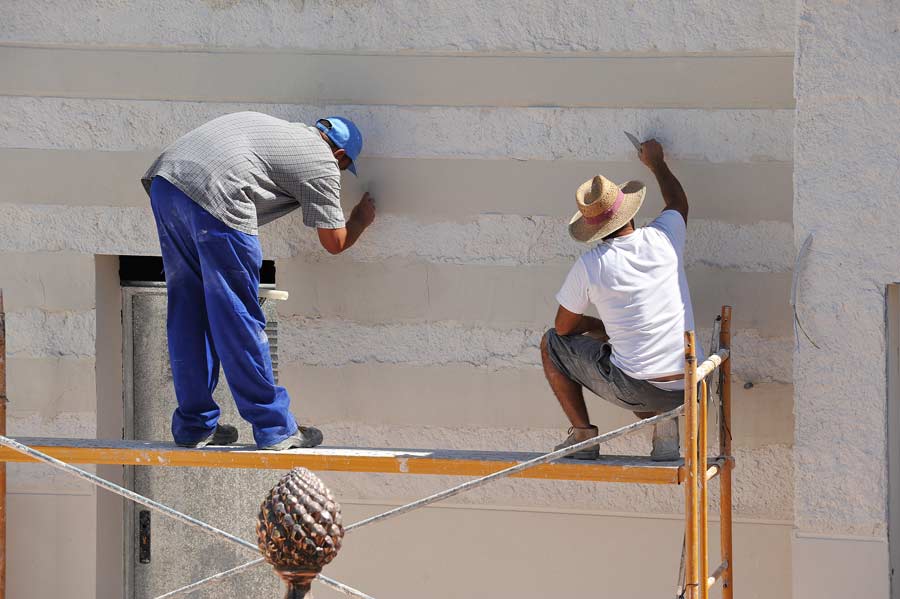
The Occupational Safety and Health Act of 1970 was enacted “to assure safe and healthful working conditions for working men and women; by authorizing enforcement of the standards developed under the Act.” With the Act, the Occupational Safety and Health Administration (“OSHA”) was established as part of the United States Department of Labor.
OSHA established standards to protect workers against unsafe scaffolding at construction sites.
SCAFFOLDING (29 CFR 1926.451)
Scaffolding requirements had over 2,500 violations cited in 2020. A scaffold should be capable of supporting its own weight and at least four times the maximum intended load to be applied to the scaffold. It may be necessary to consult an engineer to determine heavy-load points to prevent injury from occurring.
An employer at a construction site should:
- Include a review of the scaffolding system and its proper use within its training, as well as fall protection.
- Ensure that workers have appropriate safety equipment available to them at any point during their workday, including a hat and body harness with lanyard, rope grabs, independent vertical lifelines, and an independent lifeline anchorage.
- Place supervisors in charge that have the skill, experience, and training to ensure safe installation and dismantling according to the scaffolding manufacturer’s specifications.
Two main type of injuries that can occur from scaffolding violations are falling and either landing feet or head first. Depending on which way a worker lands, they could shatter the bones in their legs, sustain injuries to different organs, sustain serious head or brain injuries, or be the victim of a wrongful death.
When employers ignore OSHA’s safety standards, it is predictable that workers will suffer serious injury or death. When workers suffer injuries resulting unsafe scaffolding, those people in charge of safety at the jobsite may be responsible for the consequences of failing to protect workers from these foreseeable dangers.
If you have questions/concerns regarding unsafe scaffolding on the construction site that results in serious injury, you should consult a lawyer experienced in handling jobsite injury cases. For questions, please contact one of the experienced lawyers at DILLER LAW, PC.
